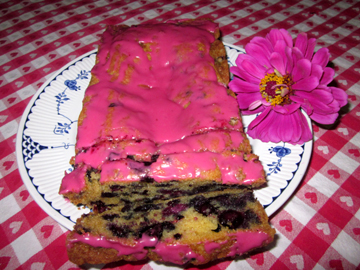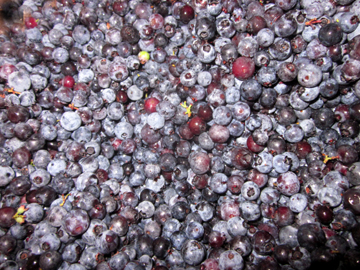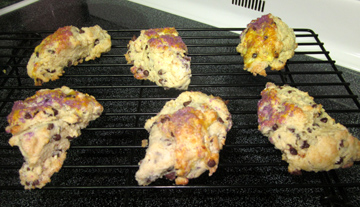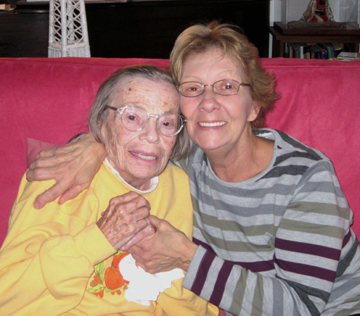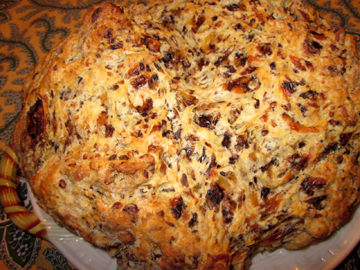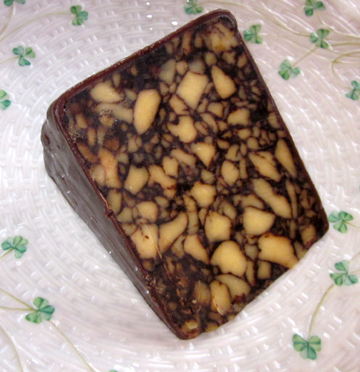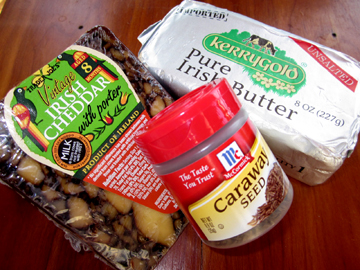
Most New Englanders see early November as a time for winding down from summer and harvest activities. The leaves dwindle, the air takes on a distinct chill, and farm stands begin closing their doors.
For cider lovers, however, this season is a highlight of the year.
Here in Franklin County, Massachusetts, we are lucky to have a weekend devoted to the joys of apples and cider, a weekend that seems to become richer each year.
Today and tomorrow mark the 17th annual occurrence of Cider Days, a celebration founded by Judith Maloney of West County Cider and her late husband Terry in 1994.
This year the festivities include a pancake breakfast, programs and sales at various locations throughout the county, canning classes, a home orchard workshop, tastings galore, and a special cider dinner.
Several local eateries will feature apple and cider items on their menus that weekend, including my beloved Green Emporium, where apple-cheddar pizza and appletinis are just the beginning of the apple madness.
This morning the Green Emporium featured cooking demonstrations by its chef, Michael Collins, and by Amy Traverso of Yankee magazine, the author of The Apple Lover’s Cookbook.
Amy also signed copies of her book, which was published in September by W.W. Norton. Norton sent me a copy of the book to review for a local paper. The book is a real find—a treasure trove of apple information (Amy has unearthed apple varieties completely new to me), stories of trips to orchards, and tempting recipes.
Amy has come to Cider Days several times although this is her first public appearance there. “Cider Days is something that my whole family looks forward to every year,” she told me.
“It’s just lovely to drive around rural Massachusetts for a day and taste apples! We may not live in wine country, but we certainly do live in cider country. I want to see New Englanders really embrace our cider heritage, and I’m so grateful to the Maloney family for helping put this drink [hard cider] back on the map. The festival seems to draw bigger crowds every year, so that’s really encouraging.”
I’m sorry that I didn’t post this in time to allow you to come to her signing—I’ve been having SERIOUS blog issues, just resolved thanks to my current hero (and always friend) Henry. Luckily, there are more events still to come this weekend.
For a full schedule of activities visit this link. For a couple of apple and cider recipes (I’m posting this a little late so we have two today!), read on….
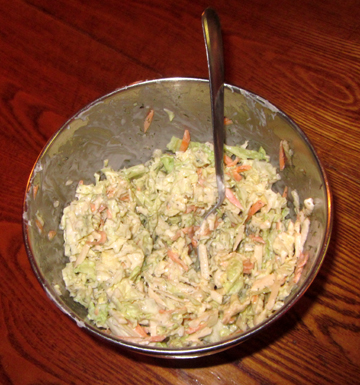
I MEANT to photograph this in a pretty dish, but we got busy eating....
Farm Share Coleslaw
My mother’s darling nurse Pam Gerry told me months ago about her favorite coleslaw, which incorporates dill and apple with the cabbage.
I had to wait until fall to have the fresh ingredients with which to make it, however!
In early October our farm share turned up a small head of cabbage a couple of weeks ago—and we had apples on our trees and a small amount of dill still in the herb garden. The carrot was left over from a previous week’s farm share, and of course the cider vinegar was from Apex Orchards nearby.
Of course, you may tinker with the recipe and substitute something more conventionally coleslawy (maybe caraway seeds?) for the dill. I loved the fresh flavor it gave to the salad, however.
A generous friend sent me some REAL kosher corned beef and rye bread from New York City so I was able to make one of my favorite childhood sandwiches, corned beef with mustard and slaw. We got our cold cuts at a kosher deli where cheese was never mixed with corned beef so I never became a Reuben fan. But I adore coleslaw with my corned beef so between them Pam and Peter send me to heaven!
Ingredients:
1/2 small cabbage (about 3 cups when chopped), cored and loosely chopped or grated
1 small carrot, peeled and grated
1 small apple, cored and grated (remove skin if you like)
1/3 cup mayonnaise (plus or minus to taste)
2 teaspoons cider vinegar
2 teaspoons fresh dill leaves or a teaspoons dried dill weed (more or less to taste)
salt and pepper to taste (I used about 1/2 teaspoon salt and five turns of the pepper grinder)
Instructions:
Combine all ingredients in a medium bowl. Stir and adjust seasonings to taste.
If you have time, let the mixture sit in the refrigerator for a while to maximize flavor. Be sure to stir it before serving.
Makes about 2 cups.
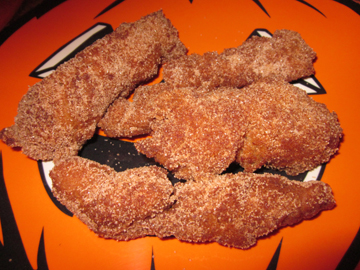
Sherry Hager’s Cider Doughnuts
My friend Cynthia O’Connor asked me more than a year ago if I had a recipe for Cider Doughnuts. It took me a while, but I finally got one!
Hager’s Farm Market in Shelburne, Massachusetts, will offer a plethora of apple products for this year’s Cider Days, plus the market’s signature fried dough with maple cream. I persuaded Sherry Hager and her daughter Kim to part with the recipe for Sherry’s cider doughnuts, pastries that are particularly light and crispy thanks to the cider and buttermilk in their dough … and to the Hagers’ deep-frying skills.
Ingredients:
3-1/2 cups flour
2 teaspoons baking powder
1 teaspoon baking soda
1/2 teaspoon ground cinnamon
1/2 teaspoon salt
1/8 teaspoon nutmeg
4 tablespoons butter at room temperature (I used unsalted)
1 cup sugar
2 eggs
1/2 cup apple cider
1/2 cup buttermilk
canola oil as needed for frying
Instructions:
In a bowl combine the flour, baking powder, baking soda, cinnamon, salt, and nutmeg.
In another bowl beat the butter and sugar together with electric mixer. Mix in the eggs until they are thoroughly incorporated. Mix in the cider and buttermilk.
Dump in the dry ingredients and stir.
“Our secret is we let it refrigerate overnight,” says Kim of the dough.
The next day preheat the oil to 350 degrees in a large pan or fryer.
Roll the out dough on a floured surface; cut it with a doughnut cutter. This can be a little tricky even after refrigeration as the dough is sticky. As you can see from the photos here, I gave up on doughnuts and formed my dough into freeform crullers.
Cook the doughnuts a few at a time until they are brown on each side, a minute or two per side.
Makes about 18 doughnuts and 18 holes.

